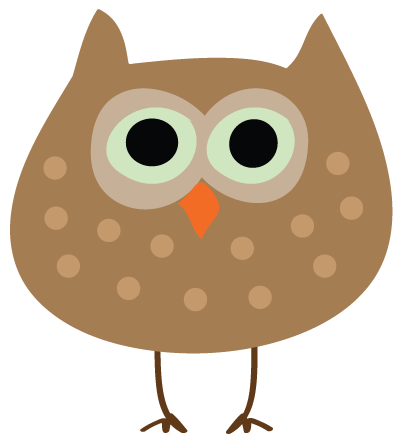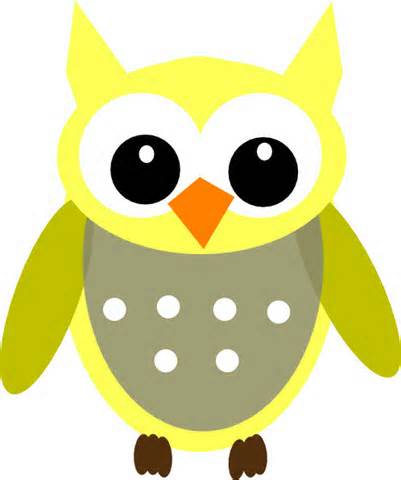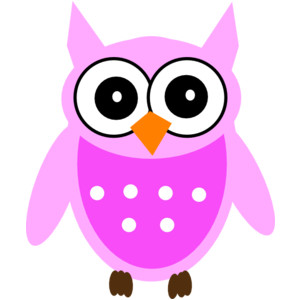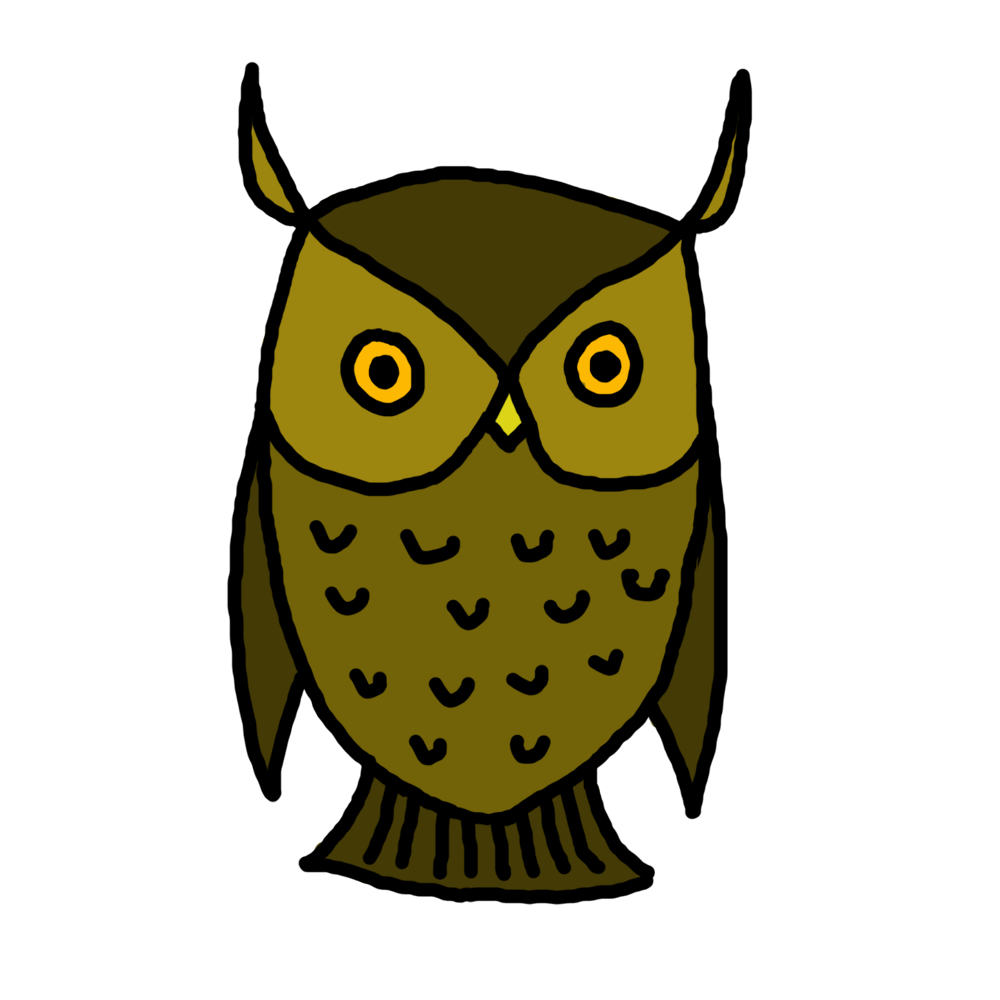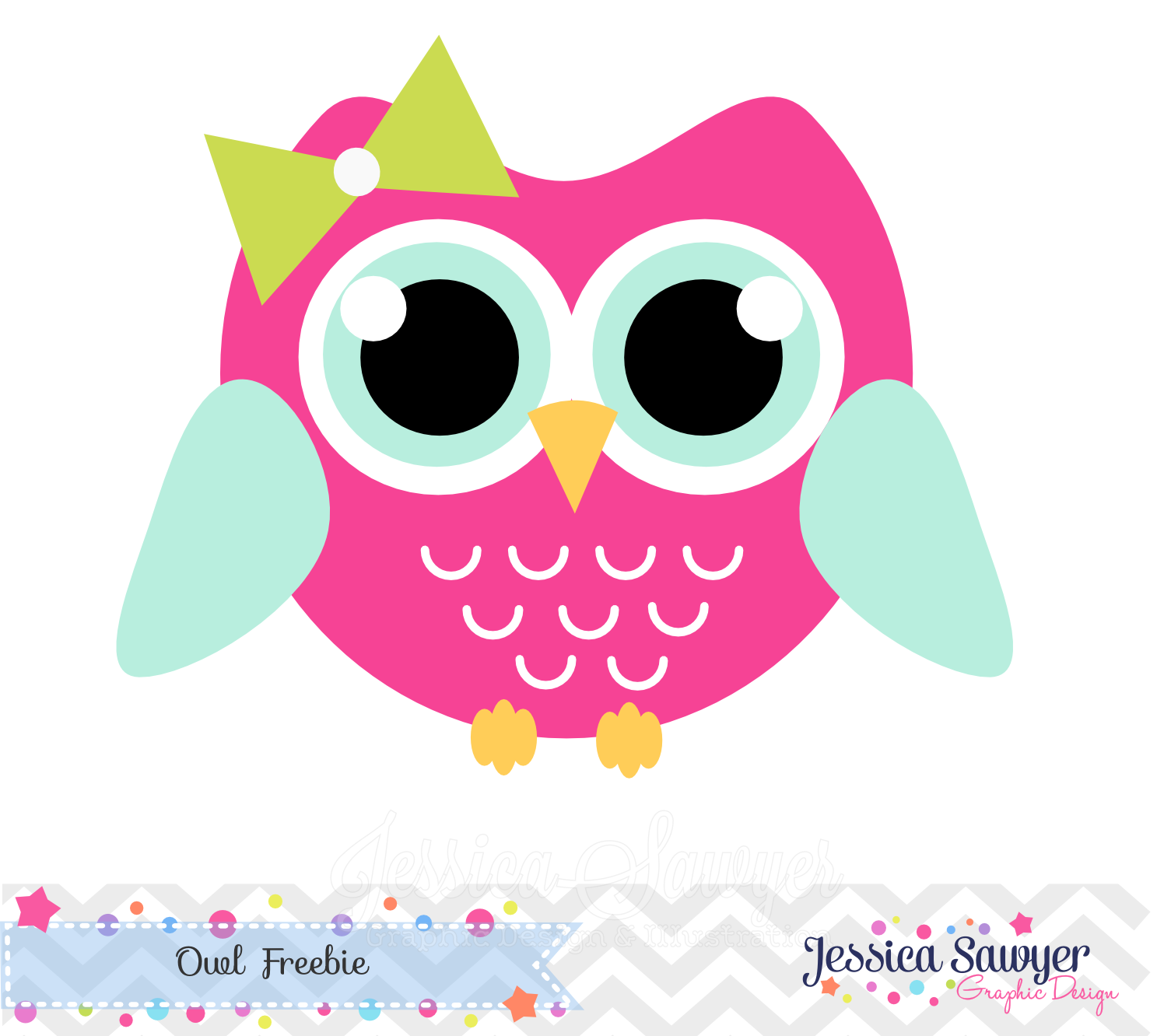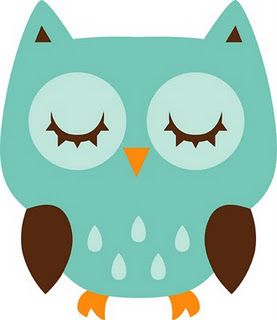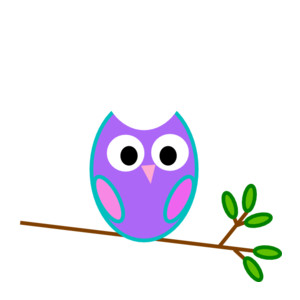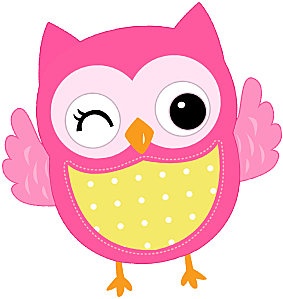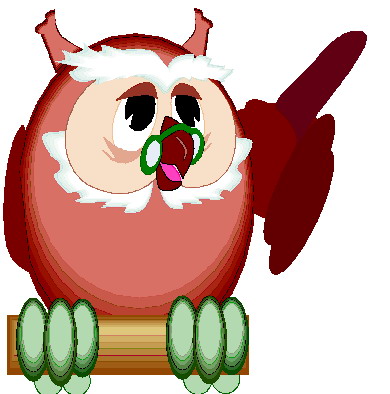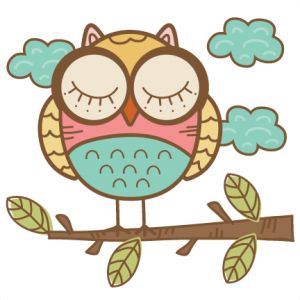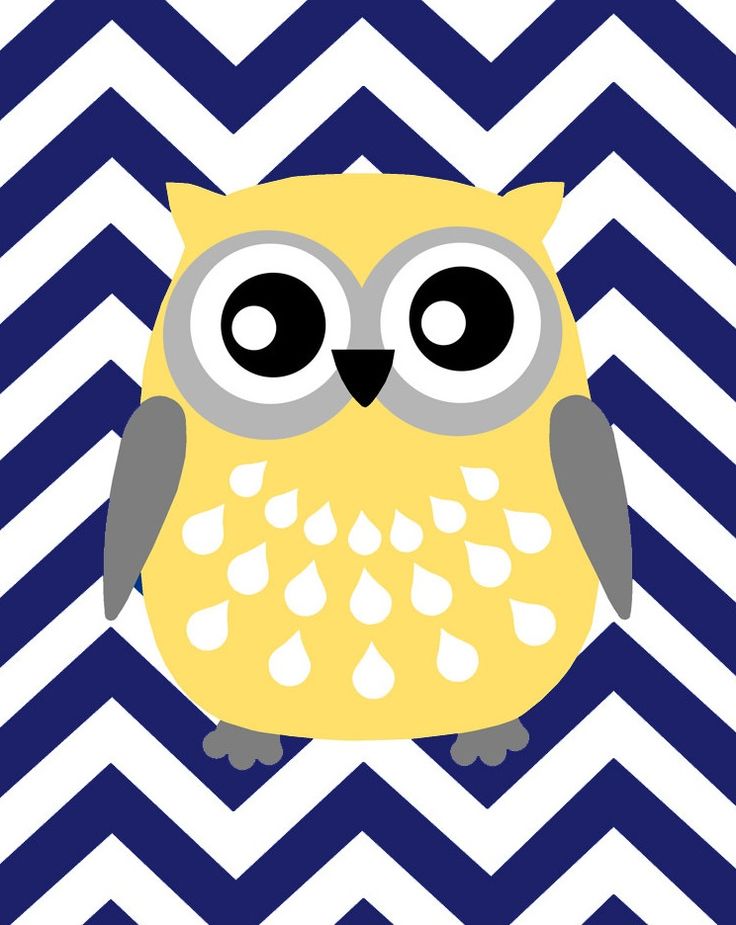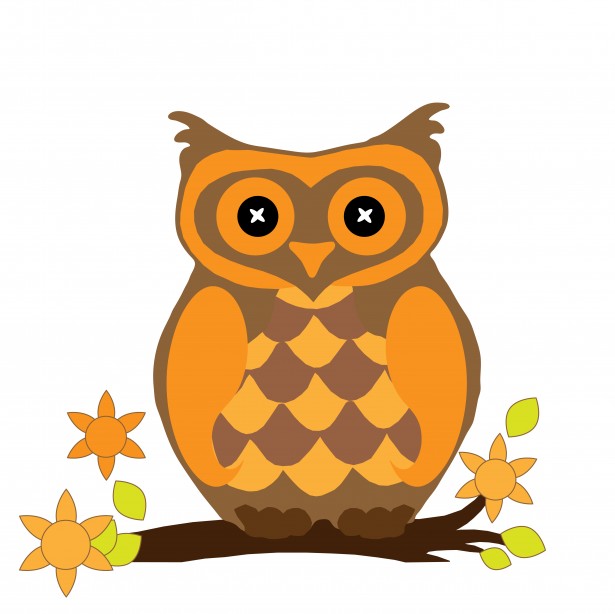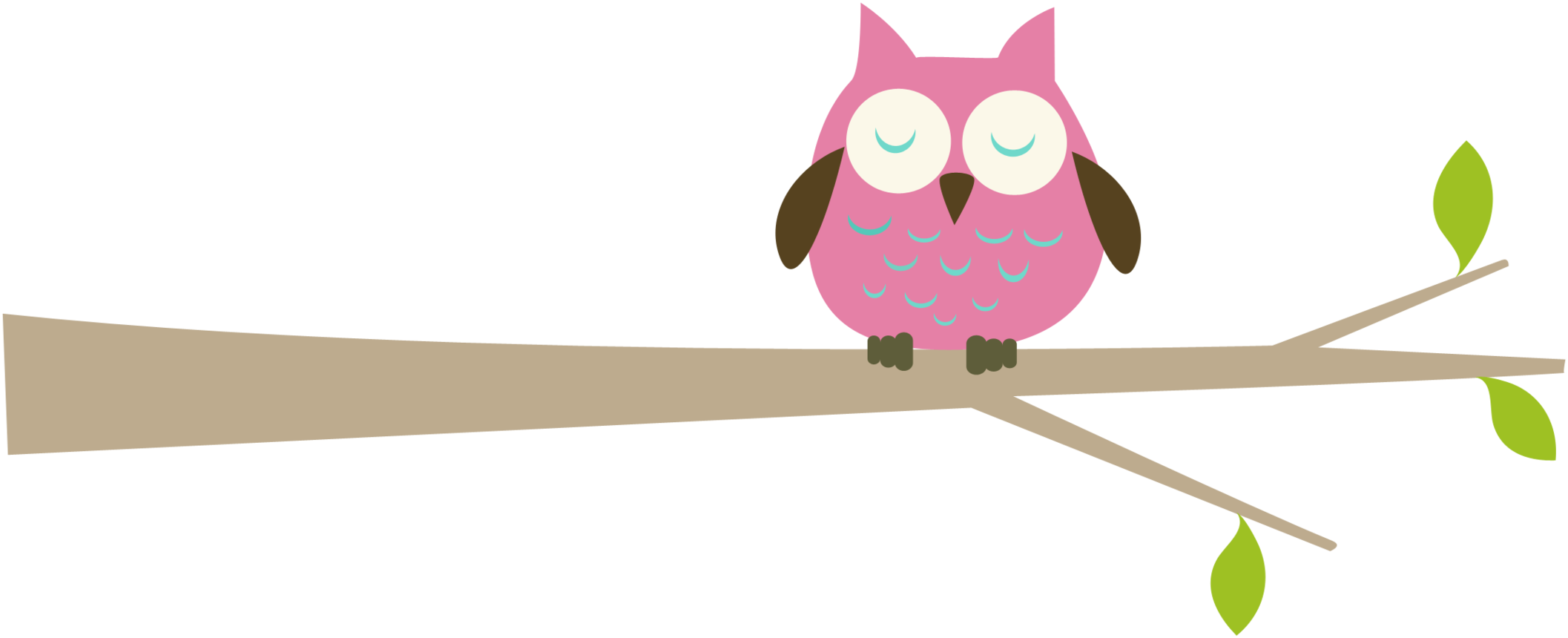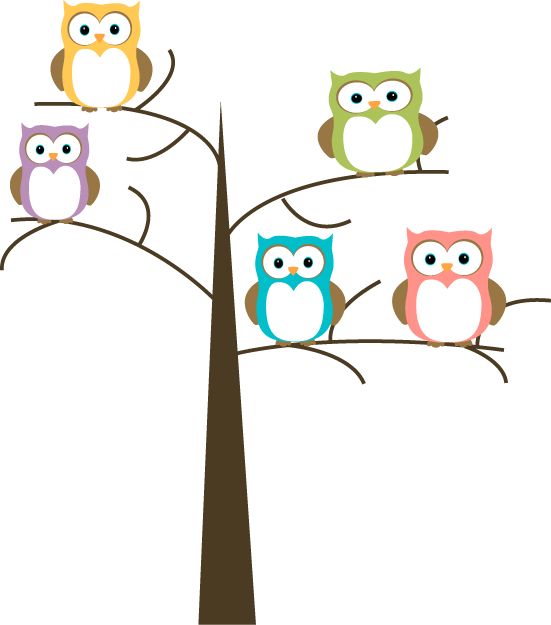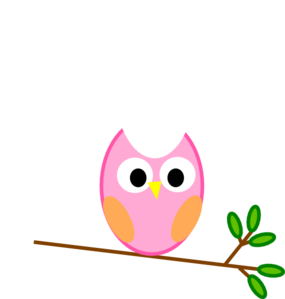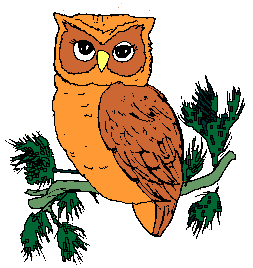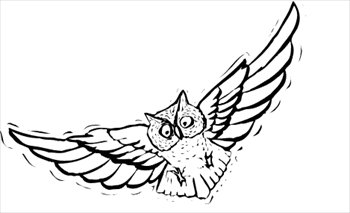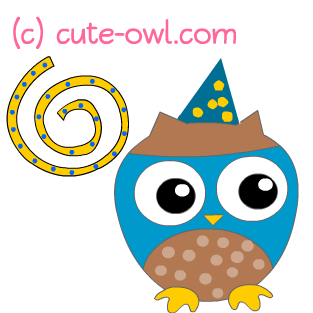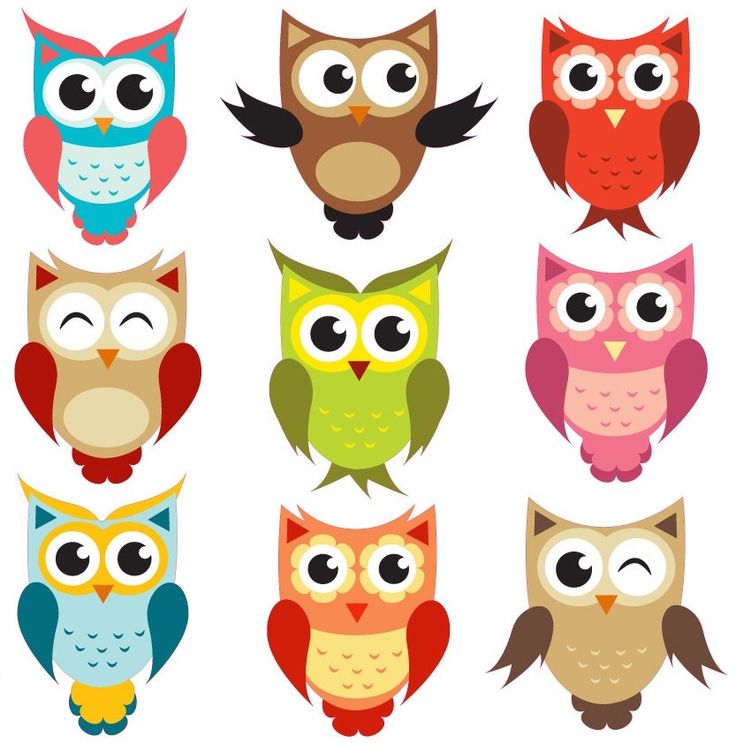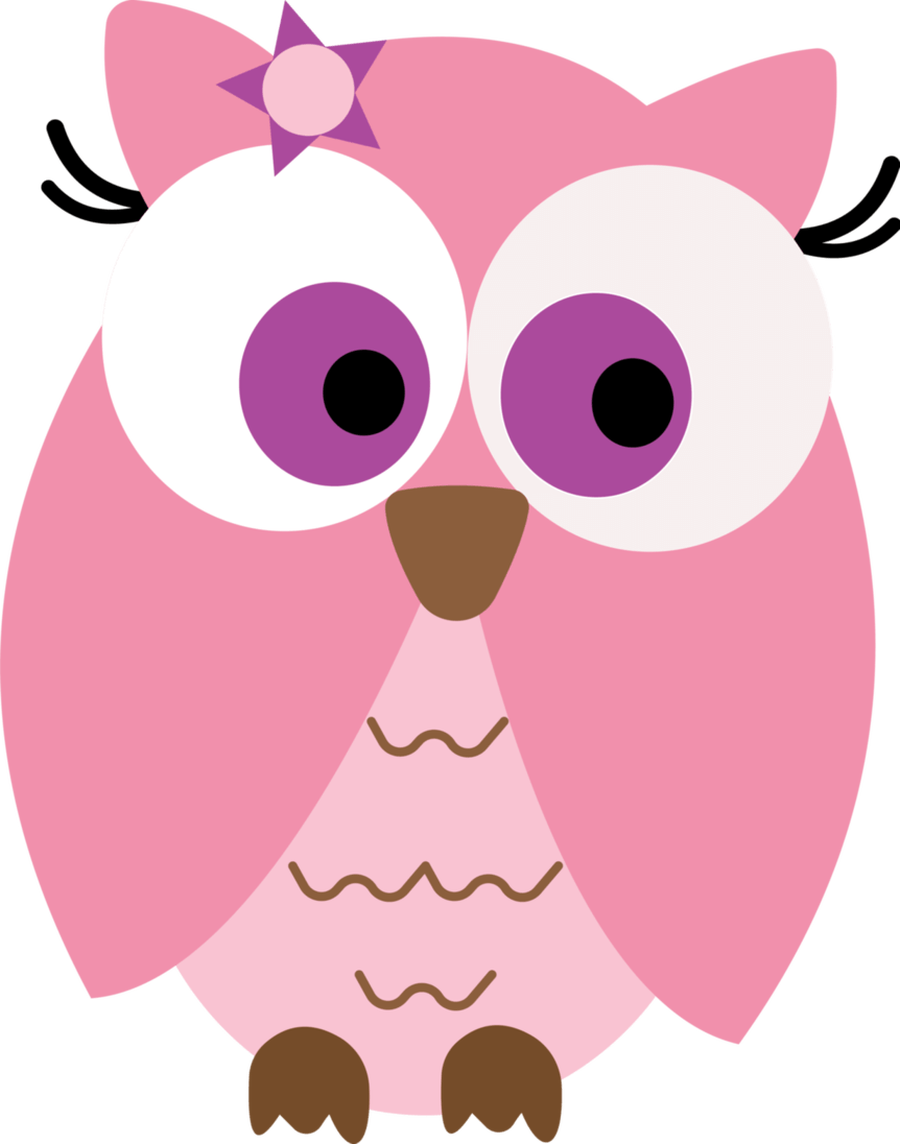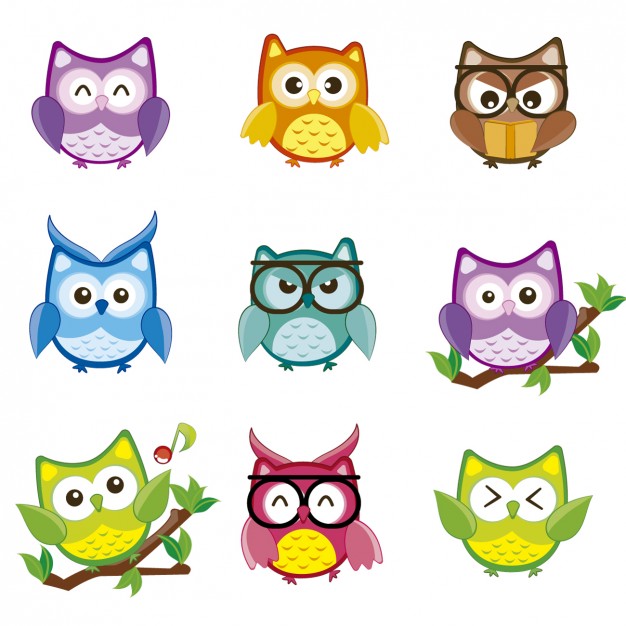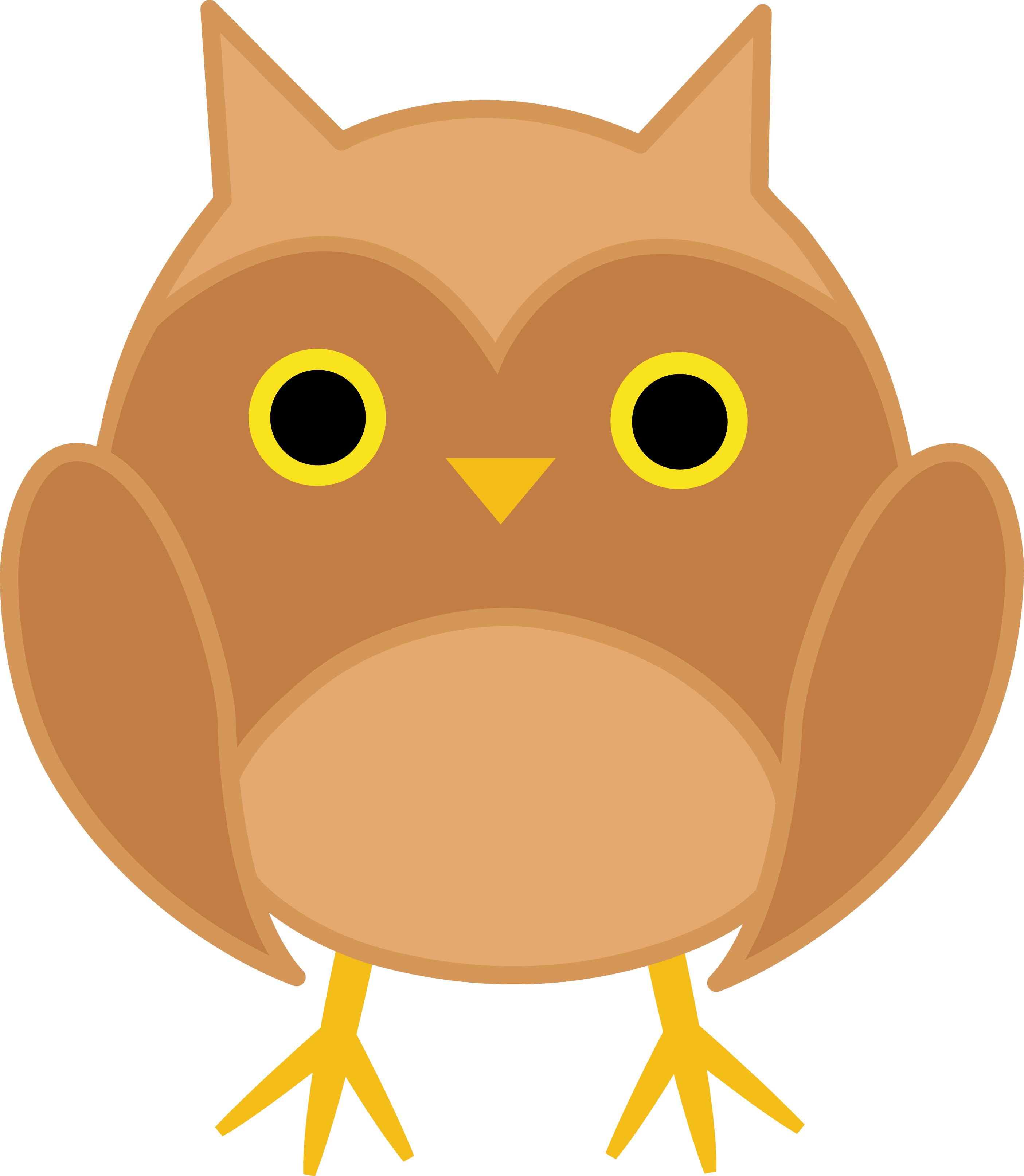Free Owl Clipart
Owls belong to the order Strigiformes, comprising over 200 species of primarily nocturnal birds of prey. Ranging greatly in size from just 5 inches to up to 2 feet tall, owls share common traits like versatile flight, sharp talons for hunting, exceptional vision and hearing, camouflaged feather patterns and symbolic meaning across cultures.
Most owls nest in tree cavities, hunting small mammals, insects, fish and other birds via swift aerial attacks or perched ambushing. Long-eared owls, burrowing owls and snowy owls comprise some species with distinct habits adapted to their environments. Lifespans range on average from 4 to 20 years for wild owls.
Owls in the Wild
Occupying diverse habitats globally except Antarctica, owls help regulate local food chains, serving as environmental indicators when ecosystems fall out of balance. Territories range from dense woods to prairie grasslands to deserts for the 19 owl species in North America alone.
Nesting in abandoned logs, tree hollows and cacti cavities, breeding pairs vigilantly defend territories. Many species undergo seasonal migrations tracking prey movement patterns. Owlets hatch after short incubation periods depending on species, fledging and dispersing within a year.
Threats Facing Wild Owl Populations
Multiple concerning factors decrease wild owl numbers:
- Habitat Loss: Deforestation eliminating roosting/nesting sites
- Pesticides & Toxins: Chemicals ingested from tainted prey
- Vehicle Collisions: Roads dissecting habitat range areas
- Non-native Species: Feral animals disrupting natural hunting behaviors
- Extreme Weather: Environment changes also damage populations
Urgent conservation action protects vulnerablespecies. Without intervention, owl extinction risks intensify.
Owl Conservation Efforts
Global environmental agencies now recognize owls as critical “umbrella species.” Safeguarding owl habitats shelters whole interconnected ecosystems. Conservation successes happen through:
- Breeding Programs: Captive efforts boosting reproductive rates
- Rehabilitation & Release: Healing injured owls to survive independently
- Nest Provisions: Providing artificial nest boxes in sanctuaries
- Pesticide Regulation: Restricting chemical use near owl-populated zones
- Public Education: Spreading awareness on coexisting responsibly
Legislation enforcing protective policies aim to recover declining communities.
Keeping Owls as Pets
The prospect of owning an owl may seem appealing, but reality proves challenging for most caregivers. While permitted with special licenses in some regions, improper housing, loneliness, obesity and stress perturb captive owls. Regulations mandate huge aviaries, enriched socialization and specific diets.
Additionally, many owls grow quite territorial and aggressive during breeding seasons. Risks from claws and bites escalate without expert handling. Aspiring owners should carefully assess if they can meet an owl’s complex needs with vet care access over their long lifespans.
Symbolism and Cultural Significance of Owls
With large eyes conveying wisdom and eerie night calls heralding fortune or doom, owls earned much anthropomorphism and mythological symbolism. Ancient Greek coins bore owl icons. Hinduism links owls to Lakshmi and Saraswati. Polynesian cultures revere owls as aumakua guardian spirits. Native American tribes emulate owl feathers and charms for visionary insight during rituals.
Literary depictions include Shakespearean tragedies, Harry Potter novels and Winnie the Pooh. Conservation centers utilize owl ambassadors for educational messaging today. Majestic raptors captivate imaginations worldwide.
In this page clipartix present 69 free owl clipart images free for designing activities. Lets download Free Owl Clipart that you want to use for works or personal uses.
















